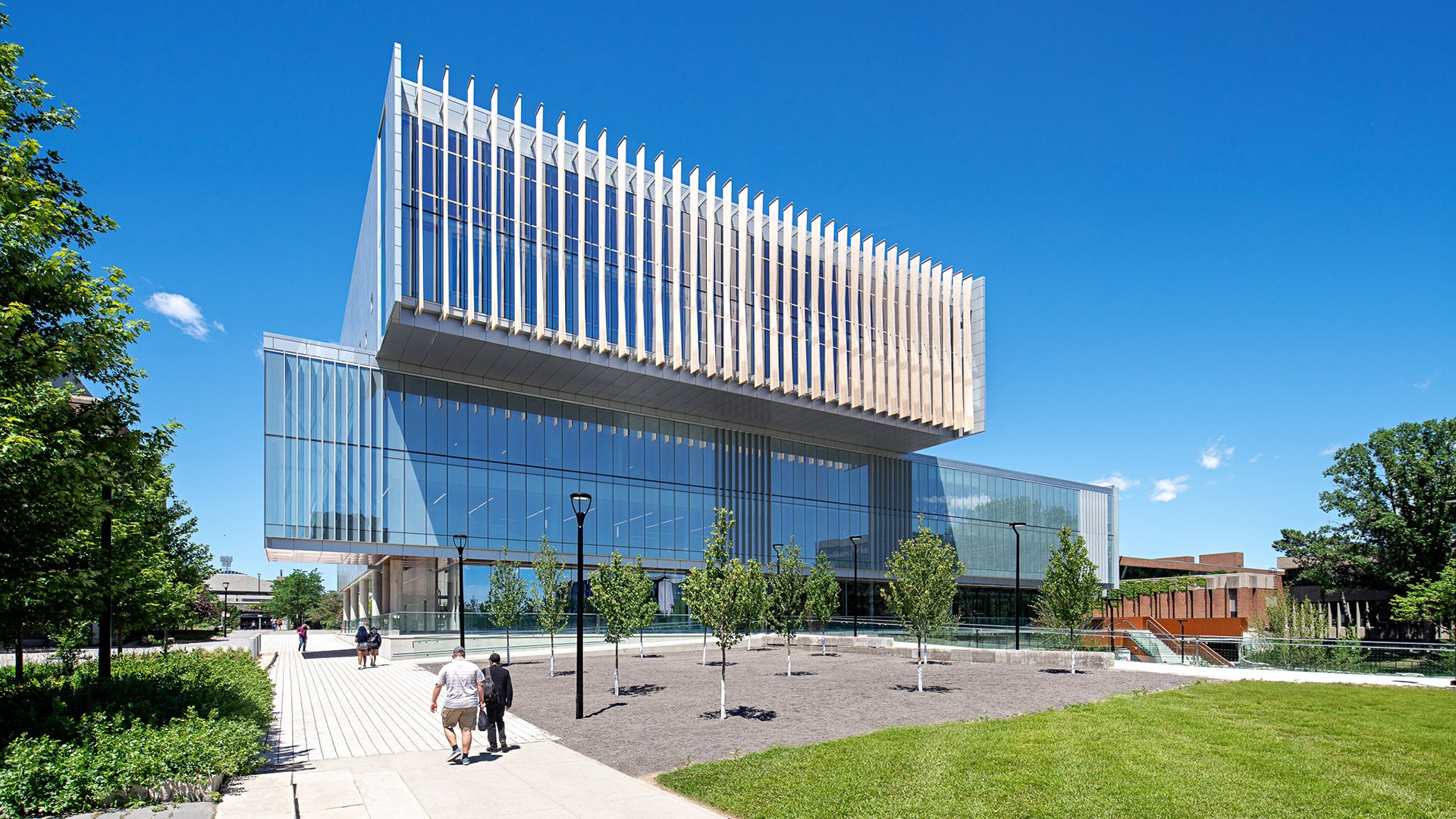Last month, we talked about architectural interiors and tips on getting the best images on location. Now, let’s talk about architectural exteriors, as it’s a little different.
For exteriors, it’s a little more tricky, as you have to deal with the environment: The light, the weather, people, cars, neighboring buildings and more. It’s a lot to handle, especially in big cities. A shot can be ruined by a delivery truck or construction.
So here are seven tips to help you get great exteriors:
1. Good weather is key
While some clients aren’t picky about the weather conditions, I always push to shoot on a day with blue skies. A few clouds are good too, but if your sky looks overcast, it’s just not as good. And having sunlight on the building makes a huge difference that cannot be corrected in Photoshop.
2. Make sure you have the right light
Light is key. If you’re shooting the west side of the building in the morning, it’ll be in the shade and it won’t look good. I spend a lot of time studying the buildings I photograph to make sure I’m there when the light is good. I use apps like The Photographer’s Ephemeris to figure out dawn/dusk times and when to shoot each side of the building.
3. Blue hour is a must
Most buildings look best at dusk when the inside lights are glowing. It’s the Hero Shot. The good window is 15-45 minutes before sunrise or after sunset. Ideally, you want the sun setting/rising on your back.
To look perfect, you need ALL the lights on. While it can be easy on a house, on the building below it was trickier, as it’s a school and all the lights were on a timer. So I ended up having the security guard go around the building to turn the lights on, and directing her with a walkie-talkie towards the rooms that were turned off. A lot of fun!
4. Include the environment
It’s always important to showcase the building in context. For example, the building below is close to a residential neighborhood with individual houses and a lot of trees. I managed to frame it to give some context. Other things you can include for context: Neighboring buildings, landmarks, public spaces, parks, etc. It usually requires shooting from further away, to get a wider perspective.
5. Include people
It’s always good to have a few people in your shots, to show the scale and use of the space. You don’t want it to be crowded, but a couple of people like below works well. Cars shouldn’t be too prominent, as they tend to hide the base of the building.
6. Shoot some straight-on images
Photographers call it one-point perspective, and architects call it elevation. Clients like a couple of elevation views like the one below. Shoot straight-on, in a symmetrical way, to get that formal study look.
7. Capture details
Don’t forget to include a few detail shots. They’re great to showcase features and materials. They’re also useful for marketing materials.
I hope this gives you a better idea of how to shoot architectural exteriors. It can be a lot of work, but it’s very rewarding when everything comes together for a shoot. Weather is unpredictable, which can be frustrating sometimes, but amazing other times!
Source link










Leave a Reply